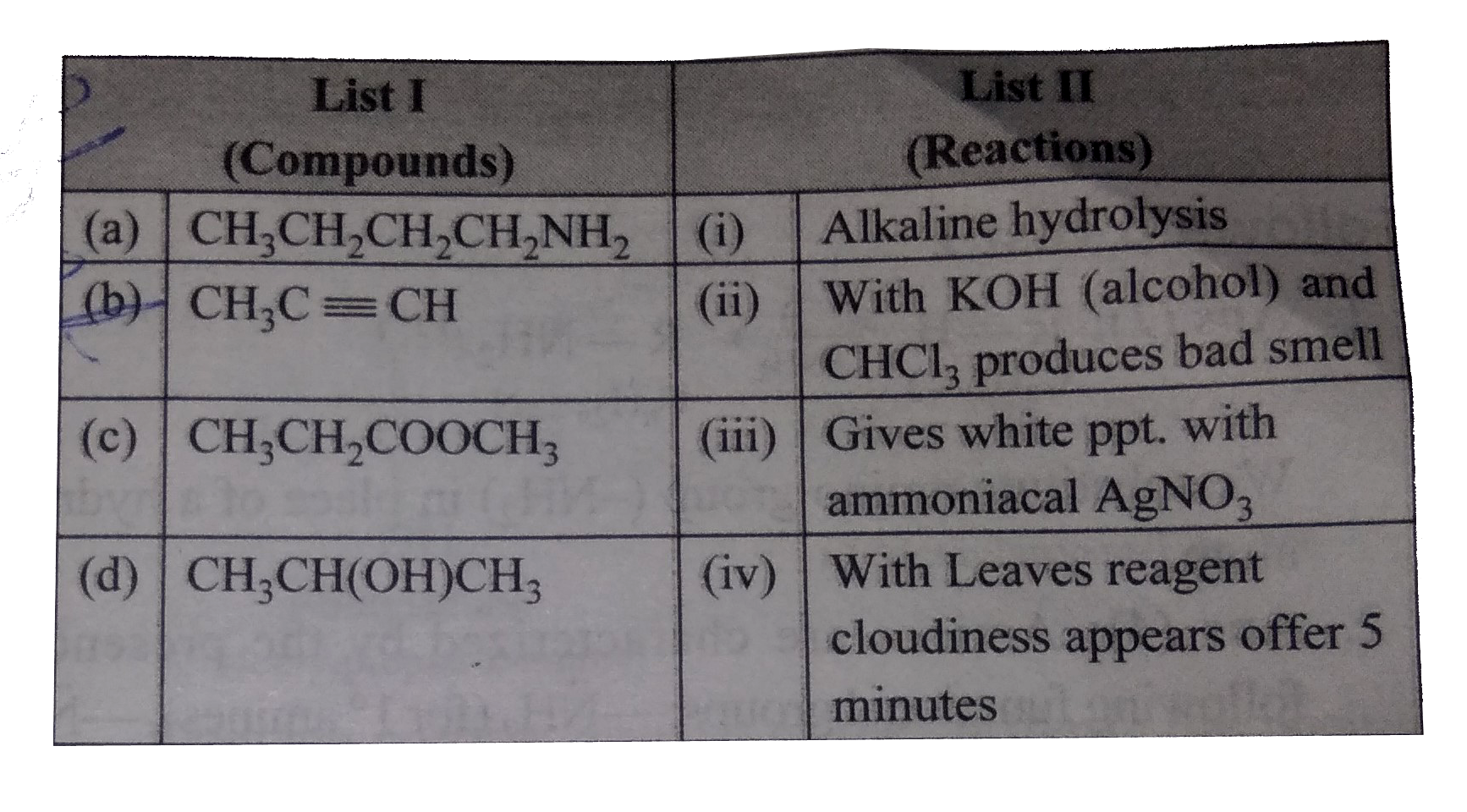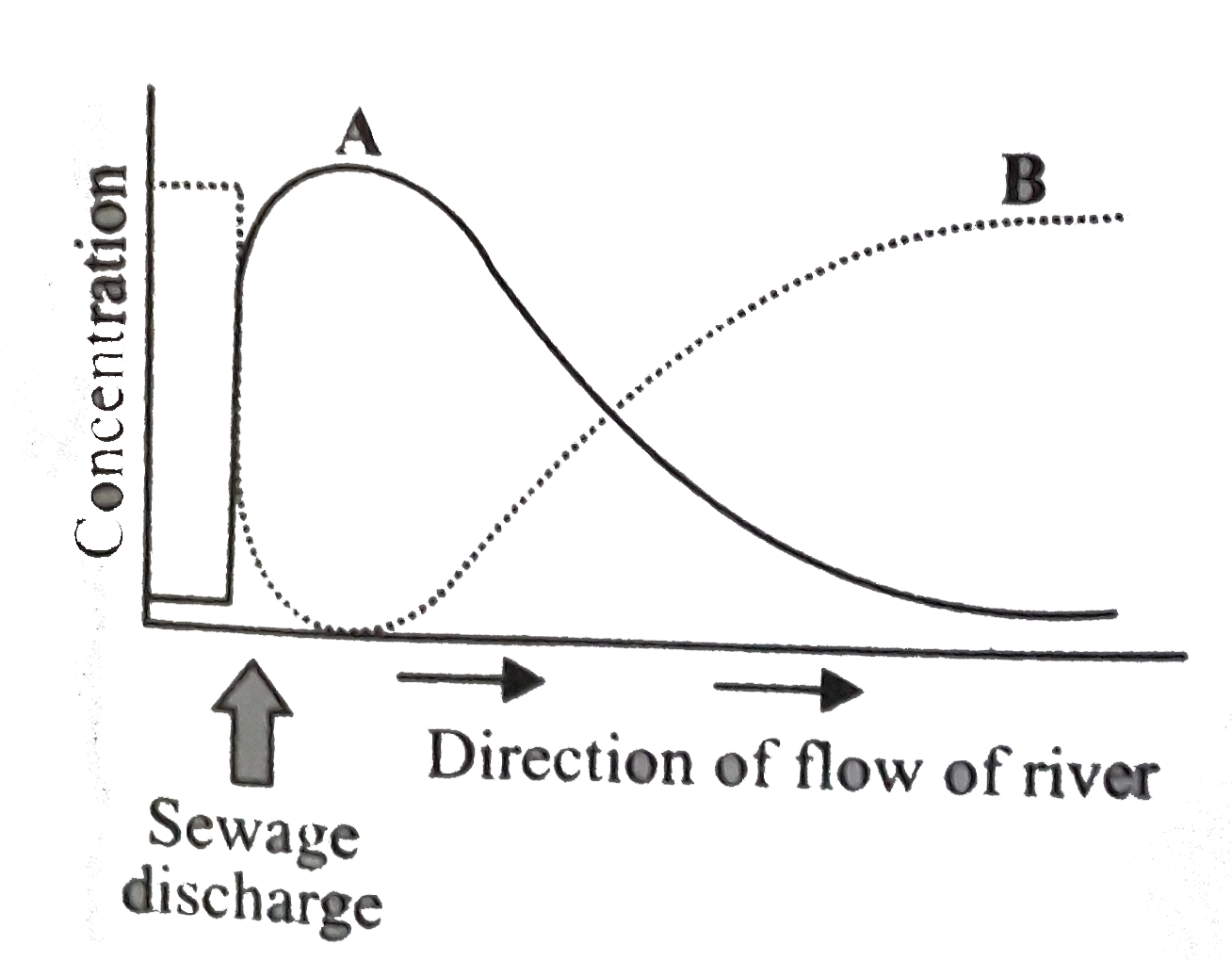From the list of characteristics given below, select the five which are relevant to non-metals and their compounds.
Write the letters corresponding to the correct characteristics.
A. Ductile
B. Conduct electricity
C. Brittle
D. Acidic oxides
E. Basic oxides
F. Discharged at anode
G. Discharged at cathode
H. Ionic chlorides
I. Covalent chlorides
J. Reaction with dilute sulphuric acid yields hydrogen.
K. 1, 2 or 3 valence electrons
L. 5, 6 or 7 valence electrons
To solve the question of identifying the five characteristics relevant to non-metals and their compounds from the provided list, we will analyze each option step by step.
1. A. Ductile:
- Non-metals are not ductile. Ductility is a property of metals, which can be drawn into wires. Therefore, this characteristic does not apply to non-metals.
- Conclusion: Not relevant.
2. B. Conduct electricity:
- Non-metals are generally poor conductors of electricity. This property is typical of metals. Hence, this characteristic does not apply to non-metals.
- Conclusion: Not relevant.
3. C. Brittle:
- Non-metals are brittle in nature. When subjected to stress, they tend to shatter rather than deform. This is a characteristic property of non-metals.
- Conclusion: Relevant.
4. D. Acidic oxides:
- Non-metals typically form acidic oxides. For example, sulfur forms sulfur dioxide (SO2), which is acidic in nature. This is a characteristic property of non-metals.
- Conclusion: Relevant.
5. E. Basic oxides:
- Basic oxides are primarily characteristic of metals. Non-metals do not commonly form basic oxides. Therefore, this characteristic does not apply to non-metals.
- Conclusion: Not relevant.
6. F. Discharged at anode:
- Non-metals are discharged at the anode during electrolysis. This is because they tend to gain electrons and form negative ions. Thus, this characteristic is relevant to non-metals.
- Conclusion: Relevant.
7. G. Discharged at cathode:
- This property is typical of metals, which are discharged at the cathode as they form positive ions. Therefore, this characteristic does not apply to non-metals.
- Conclusion: Not relevant.
8. H. Ionic chlorides:
- Ionic chlorides are formed by metals. Non-metals typically do not form ionic chlorides; they form covalent chlorides instead. Thus, this characteristic does not apply to non-metals.
- Conclusion: Not relevant.
9. I. Covalent chlorides:
- Non-metals can form covalent chlorides, such as carbon tetrachloride (CCl4). This is a characteristic property of non-metals.
- Conclusion: Relevant.
10. J. Reaction with dilute sulphuric acid yields hydrogen:
- Non-metals do not react with dilute sulfuric acid to produce hydrogen. This reaction is characteristic of metals. Therefore, this characteristic does not apply to non-metals.
- Conclusion: Not relevant.
11. K. 1, 2 or 3 valence electrons:
- This characteristic is typical of metals. Non-metals usually have more valence electrons. Therefore, this characteristic does not apply to non-metals.
- Conclusion: Not relevant.
12. L. 5, 6 or 7 valence electrons:
- Non-metals typically have 5, 6, or 7 valence electrons. For example, nitrogen has 5, oxygen has 6, and chlorine has 7 valence electrons. This is a characteristic property of non-metals.
- Conclusion: Relevant.
Final Selection of Relevant Characteristics:
The five characteristics relevant to non-metals and their compounds are:
- C. Brittle
- D. Acidic oxides
- F. Discharged at anode
- I. Covalent chlorides
- L. 5, 6 or 7 valence electrons
- Non-metals are not ductile. Ductility is a property of metals, which can be drawn into wires. Therefore, this characteristic does not apply to non-metals.
- Conclusion: Not relevant.
- Non-metals are generally poor conductors of electricity. This property is typical of metals. Hence, this characteristic does not apply to non-metals.
- Conclusion: Not relevant.
- Non-metals are brittle in nature. When subjected to stress, they tend to shatter rather than deform. This is a characteristic property of non-metals.
- Conclusion: Relevant.
- Non-metals typically form acidic oxides. For example, sulfur forms sulfur dioxide (SO2), which is acidic in nature. This is a characteristic property of non-metals.
- Conclusion: Relevant.
- Basic oxides are primarily characteristic of metals. Non-metals do not commonly form basic oxides. Therefore, this characteristic does not apply to non-metals.
- Conclusion: Not relevant.
- Non-metals are discharged at the anode during electrolysis. This is because they tend to gain electrons and form negative ions. Thus, this characteristic is relevant to non-metals.
- Conclusion: Relevant.
- This property is typical of metals, which are discharged at the cathode as they form positive ions. Therefore, this characteristic does not apply to non-metals.
- Conclusion: Not relevant.
- Ionic chlorides are formed by metals. Non-metals typically do not form ionic chlorides; they form covalent chlorides instead. Thus, this characteristic does not apply to non-metals.
- Conclusion: Not relevant.
- Non-metals can form covalent chlorides, such as carbon tetrachloride (CCl4). This is a characteristic property of non-metals.
- Conclusion: Relevant.
- Non-metals do not react with dilute sulfuric acid to produce hydrogen. This reaction is characteristic of metals. Therefore, this characteristic does not apply to non-metals.
- Conclusion: Not relevant.
- This characteristic is typical of metals. Non-metals usually have more valence electrons. Therefore, this characteristic does not apply to non-metals.
- Conclusion: Not relevant.
- Non-metals typically have 5, 6, or 7 valence electrons. For example, nitrogen has 5, oxygen has 6, and chlorine has 7 valence electrons. This is a characteristic property of non-metals.
- Conclusion: Relevant.
The five characteristics relevant to non-metals and their compounds are:
- C. Brittle
- D. Acidic oxides
- F. Discharged at anode
- I. Covalent chlorides
- L. 5, 6 or 7 valence electrons
Topper's Solved these Questions
- BOOK - S CHAND IIT JEE FOUNDATIONCHAPTER - METALS AND NON METALSEXERCISE - SELF ASSESSMENT SHEET49videos
METALS AND NON METALS
- BOOK - S CHAND IIT JEE FOUNDATIONCHAPTER - METALS AND NON METALSEXERCISE - QUESTION BANK-181videos
METALS AND NON METALS
- BOOK - S CHAND IIT JEE FOUNDATIONCHAPTER - HYDROGENEXERCISE - SELF ASSESSMENT SHEET28videos
HYDROGEN
- BOOK - S CHAND IIT JEE FOUNDATIONCHAPTER - SYNTHETIC FIBRES AND PLASTICSEXERCISE - Self Assessment Sheet - 1429videos
SYNTHETIC FIBRES AND PLASTICS
Similar Questions
Knowledge Check
- Question 1 - Select One
Benzene diazonium chloride on boiling with dilute sulphuric acid, gives
ATolueneBBenzoic acidCBenzeneDPhenol - Question 2 - Select One
Match the compounds given in List I with their characteristic reactions given in List II Select the correct option
 .A(ii) (i) (iv) (iii)B(iii) (ii) (i) (iv)C(ii) (iii) (i) (iv)D(iv) (ii) (iii) (i)
.A(ii) (i) (iv) (iii)B(iii) (ii) (i) (iv)C(ii) (iii) (i) (iv)D(iv) (ii) (iii) (i) - Question 3 - Select One
Match List-I (Soil Type) with List-II (Characteristics) and select the correct answer using the codes given below the lists -
 AABCD2134BABCD3142CABCD3412DABCD4123
AABCD2134BABCD3142CABCD3412DABCD4123
Dilute sulphuric acid is added to barium chloride solution.
View SolutionName two non-metals which are both brittle and non-ductile.
View SolutionThe characteristic properties of metals are
I Malleability
II Ductility
III Formation of acidic oxidesView SolutionThe graph given below represents the effect of sewage discharge on some important characteristics of river.
Select the correct option with respect to the peaks A and B.
 View Solution
View SolutionMatch List-I (Characteristic) with List-II (Landform) and select the correct answer using the codes given below the lists
 View Solution
View Solution
